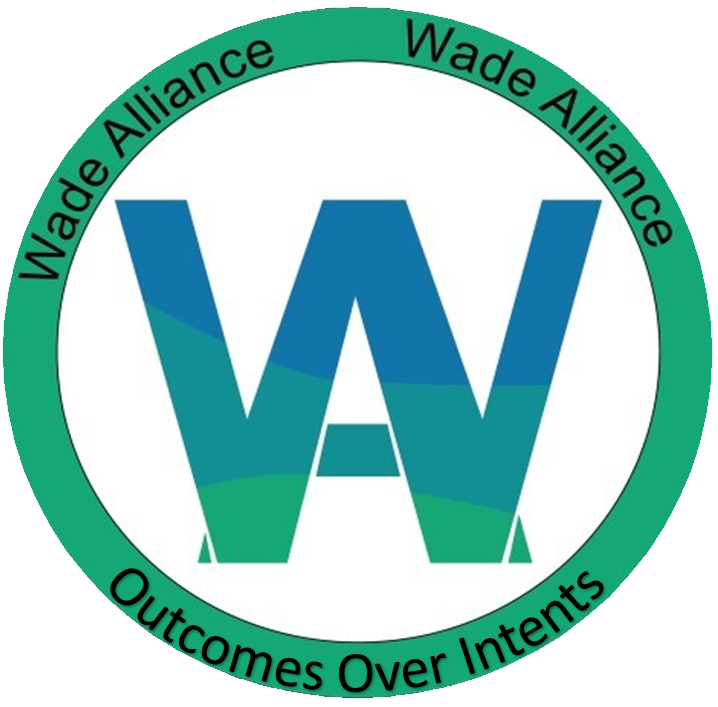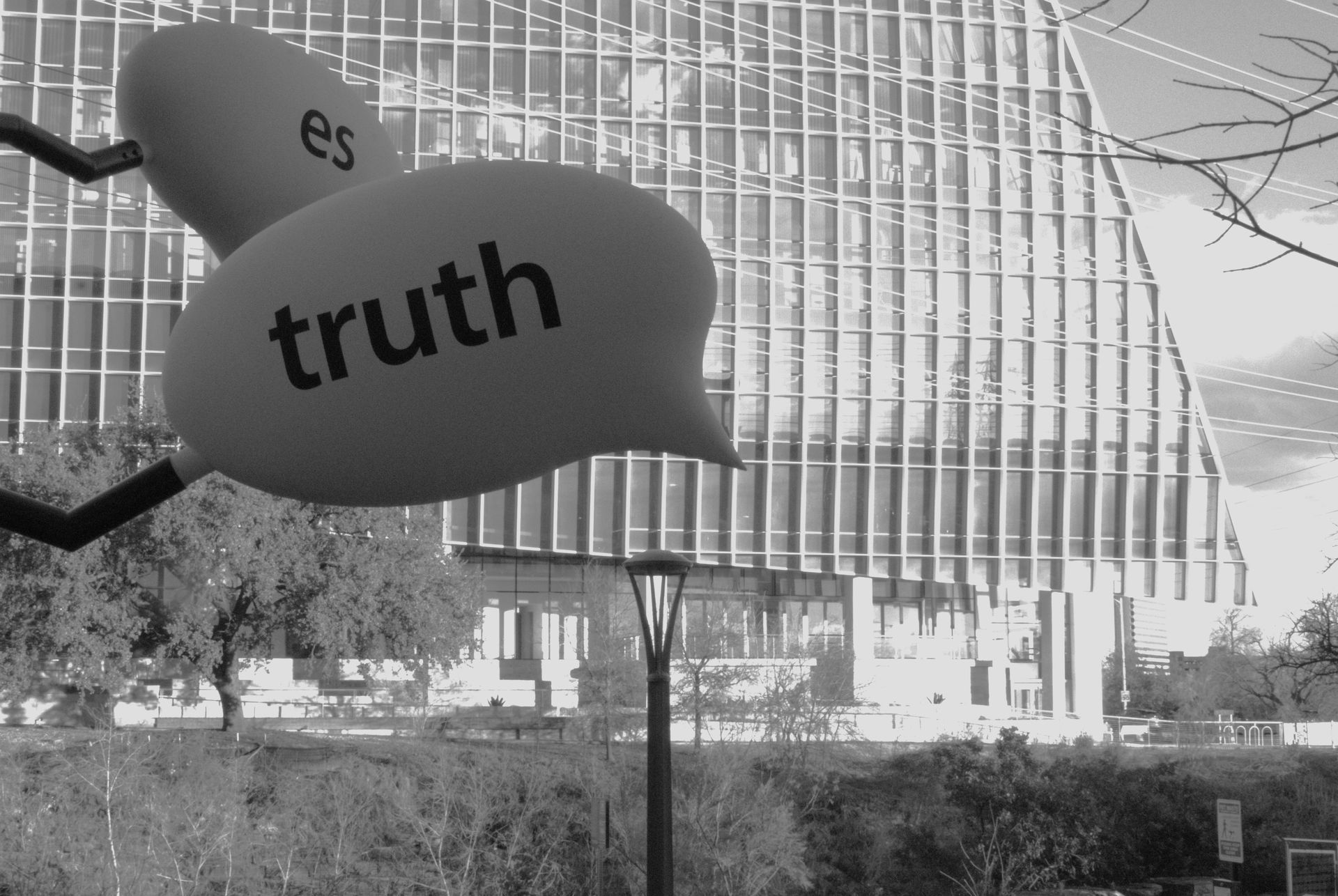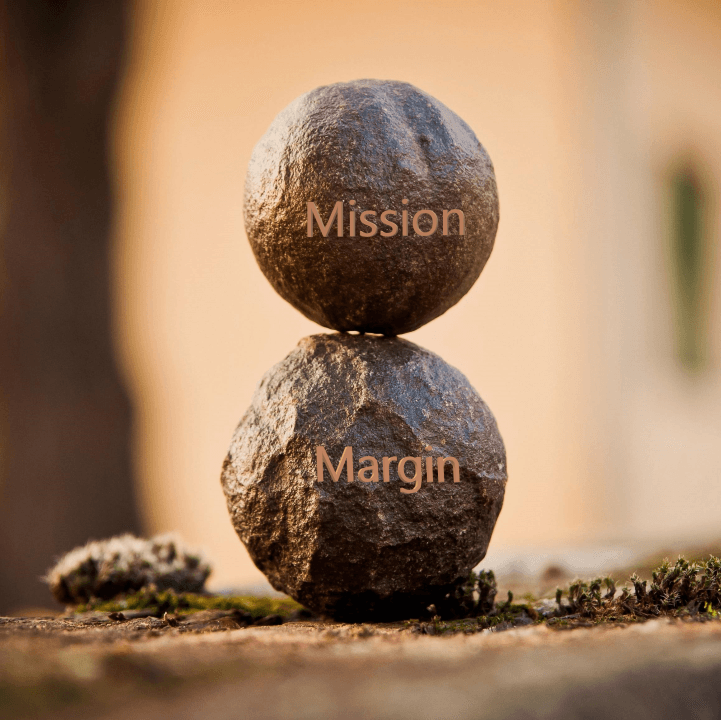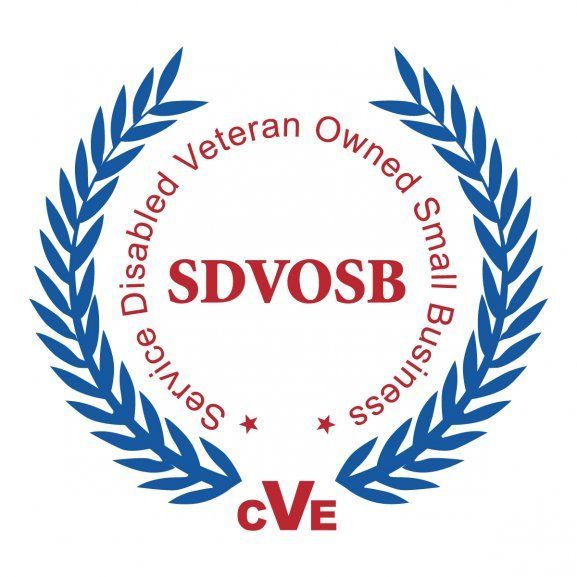Racism: Acute Injury or Chronic Disease
Jeff Hutchinson • January 11, 2022
Racism: Acute Injury or Chronic Disease
In medicine we classify a problem as acute meaning that it recently happened or chronic for ailments that are at least 6 months old. This classification helps when trying to make a diagnosis and more importantly when thinking about what steps to take next.

Bleeding from a cut has to be stopped quickly. It is an acute problem that requires immediate action. Iron deficiency anemia is not enough blood caused by inadequate iron and is a chronic problem that is slowly corrected over time.
I see racism as both an acute and chronic problem. Racism causes harm like infant mortality, police shootings and hate crimes and requires immediate prevention and treatment. Systemic racism as seen in job and housing segregation, and resource allocation causes harm slowly and continuously in a complex environment without one identifiable culprit.
It is time to address racism in all of its forms. It is time to stop ignoring and hoping that the problems will go away and see both the acute and chronic issues of racism that need healing
Here is a prescription for the acute injury of racism:
Accept that the experiences of other people are real even if you have never experienced the discrimination yourself. If as a doctor you don't believe the patient or what you see you cannot help. The first step is always to listen with the intent of understanding before attempting to intervene.
Stop the bleeding. Stop the harm. It is important to address the harm such as a toxic workplace and then search for the root cause of the harm. As the recently deceased Bishop Desmond Tutu said, “There comes a point where we need to stop just pulling people out of the river. We need to go upstream and find out why they’re falling in.” This step of action involves the greatest personal risks and therefore the greatest courage.
The third step to address the acute injury of racism is to provide the conditions for healing. Changing dressings, checking wounds, treating infections are the medical steps after an injury. In business, education and communities healing requires changing policies, checking in on the people harmed and providing support to help reestablish trust.
For chronic problems we must accept that the motivator of urgency and the pressure to drive change is much less intense. Just as chronic diseases like high blood pressure, obesity and depression can be ignored for a long time until they cause other problems, systemic racism has been ignored for too long.
The steps to treat the chronic problem of systemic racism:
Collect data and measurements over time. Because one person succeeds does not mean that there is not a problem just as one day of normal blood pressure does not mean that there is no hypertension. Collect demographic information and changes over time. Numbers alone are never enough to change behavior but behavior is rarely changed without some supporting data.
Focus on the reason for addressing the problem. Any change starts by answering the question, “Why should I change?” If the reason for change is not clear and internalized the energy to sustain the change will fade quickly.
I see racism as both an acute and chronic problem. Racism causes harm like infant mortality, police shootings and hate crimes and requires immediate prevention and treatment. Systemic racism as seen in job and housing segregation, and resource allocation causes harm slowly and continuously in a complex environment without one identifiable culprit.
It is time to address racism in all of its forms. It is time to stop ignoring and hoping that the problems will go away and see both the acute and chronic issues of racism that need healing
Here is a prescription for the acute injury of racism:
Accept that the experiences of other people are real even if you have never experienced the discrimination yourself. If as a doctor you don't believe the patient or what you see you cannot help. The first step is always to listen with the intent of understanding before attempting to intervene.
Stop the bleeding. Stop the harm. It is important to address the harm such as a toxic workplace and then search for the root cause of the harm. As the recently deceased Bishop Desmond Tutu said, “There comes a point where we need to stop just pulling people out of the river. We need to go upstream and find out why they’re falling in.” This step of action involves the greatest personal risks and therefore the greatest courage.
The third step to address the acute injury of racism is to provide the conditions for healing. Changing dressings, checking wounds, treating infections are the medical steps after an injury. In business, education and communities healing requires changing policies, checking in on the people harmed and providing support to help reestablish trust.
For chronic problems we must accept that the motivator of urgency and the pressure to drive change is much less intense. Just as chronic diseases like high blood pressure, obesity and depression can be ignored for a long time until they cause other problems, systemic racism has been ignored for too long.
The steps to treat the chronic problem of systemic racism:
Collect data and measurements over time. Because one person succeeds does not mean that there is not a problem just as one day of normal blood pressure does not mean that there is no hypertension. Collect demographic information and changes over time. Numbers alone are never enough to change behavior but behavior is rarely changed without some supporting data.
Focus on the reason for addressing the problem. Any change starts by answering the question, “Why should I change?” If the reason for change is not clear and internalized the energy to sustain the change will fade quickly.
Lastly, make the change in behavior automatic. The more obstacles, the more thought required to perform an action the harder it is to maintain the change. Just like water and electricity we follow the path of least resistance. Policies that incorporate inclusive and equitable practices that are easy to follow lead to progress that we need.
Treating racism like the public health crisis and pandemic it is finally being recognized as is a first step. The treatment is not limited to the professionals like CPR and "Stop the Bleed" is encouraged for everyone to learn. The next step is for everyone to accept our role in treating both the acute harm and supporting the systems that fight the chronic illness.
Comments

The model minority myth is problematic it is used as a tool to help perpetuate racial hierarchies. Nigerian Americans as a group are successful but never seen as a model minority. The systemic racism that requires group ranking would break under the pressure of recognizing successful Black identifying groups like Nigerian Americans or HBCU graduates. There are individual and institutional paths to address stereotypes worth considering.
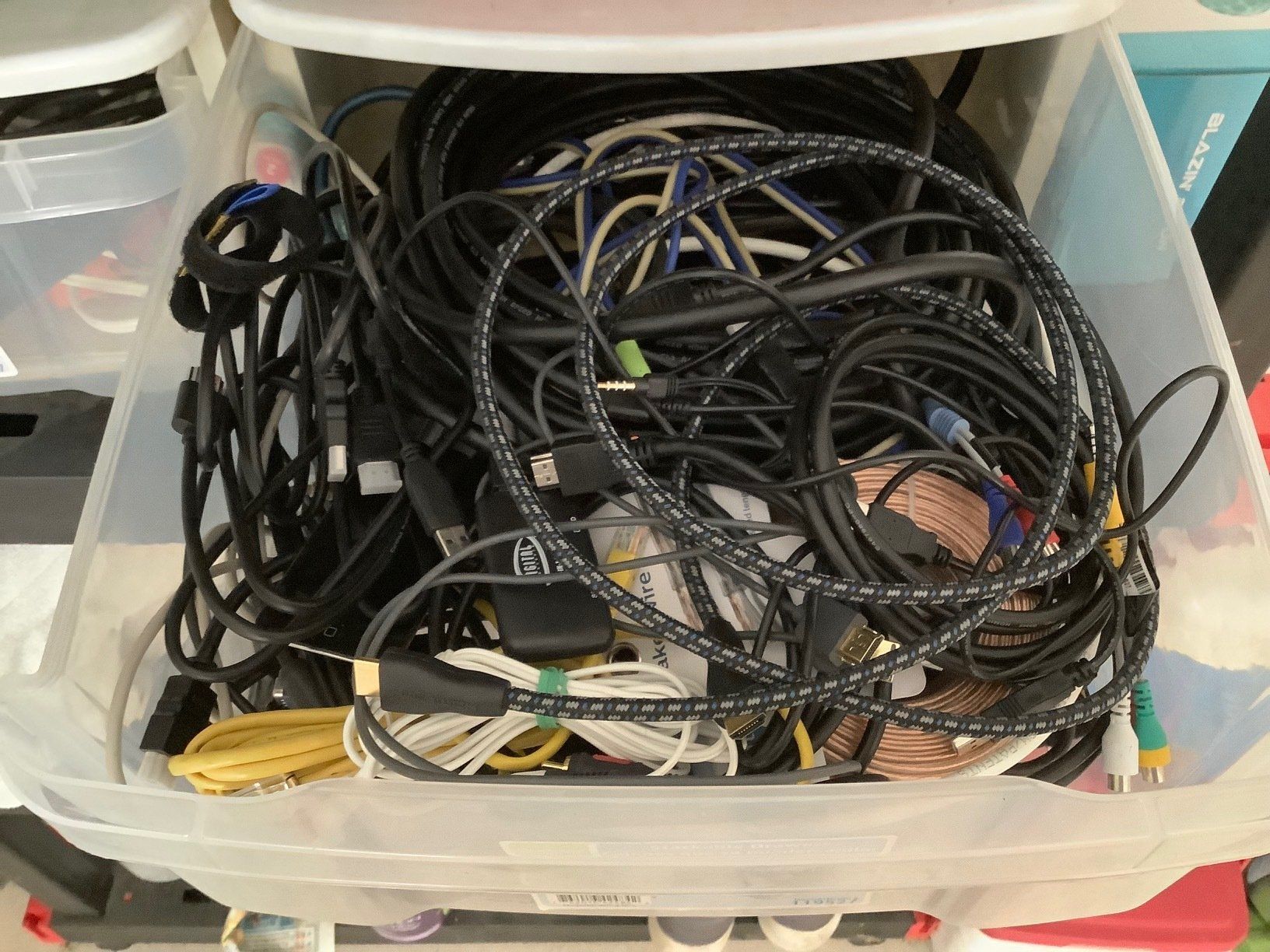
Mental health is health. ( Trigger Warning - Suicide)
Try these four techniques to help you through.
1. When the news of corrupt or self-serving people in power leave you feeling helpless, do something that you can control. Pick a junk drawer that you can tackle in one sitting and organize it.
2. Physical activity changes us physiologically and can help clear our thinking.
3. Be specific in what you are grateful for
4. Allow people to help you
Cleaning out a junk drawer may be what you need to stop doom-scrolling.

